The Parks of Uttarakhand
The Famous National Parks In Uttarakhand
1.Gangotri National Park
Facilities
Restrooms: Basic restroom facilities are available at various points along the trekking routes and at the park's entry points. However, these may be rudimentary, so it’s advisable to be prepared.
Cafes: There are no formal cafes within the park itself. Food options are generally available in nearby towns or at base camps.
Clinics: Medical facilities are limited within the park. In case of emergencies, you would need to travel to nearby towns or towns such as Uttarkashi.
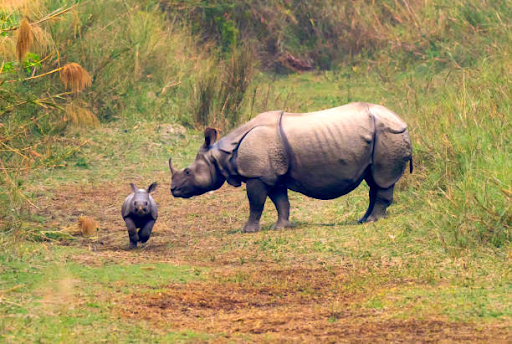
Hotels Available
Hotels: Accommodation options are available in nearby towns such as Uttarkashi, Gangotri, and Harsil. These include guesthouses, lodges, and budget hotels. There are also some basic lodgings and dharamshalas closer to the park's entry points.
Events Planned
Events: Gangotri National Park is not known for hosting major events. However, it is popular during the Char Dham Yatra season, especially when pilgrims visit the Gangotri Temple and the surrounding area.
Activities Done
Trekking: The park is famous for its trekking routes, including the trek to the Gaumukh Glacier, which is the source of the River Ganges.
Camping: Camping is a popular activity, especially around the Gaumukh Glacier and other scenic spots within the park.
Wildlife Viewing: Spotting wildlife and birdwatching are common activities, although sightings can be less frequent compared to other national parks.
What Is It Famous For
Famous For: The park is renowned for the Gaumukh Glacier, which is the source of the River Ganges. The river is considered sacred in Hinduism.
High-altitude Landscapes: It features stunning high-altitude landscapes, including snow-capped peaks and alpine meadows.
What Animal Is It Famous For
Notable Animals: The park is home to the elusive snow leopard and the Himalayan tahr. You might also spot black bears and a variety of bird species.
What Plant/Vegetation/Climate Is It Famous For
Vegetation: The park's vegetation varies from alpine meadows and coniferous forests to glacial valleys. It features plants adapted to high-altitude conditions, including rhododendrons and medicinal herbs.
Climate: The climate is alpine, with cold temperatures and heavy snowfall in winter. Summer temperatures are relatively mild, but conditions can change rapidly.
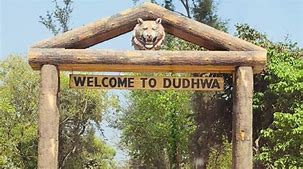
Restaurants Available
Restaurants: There are no restaurants within the park. Food is available in nearby towns such as Uttarkashi and Gangotri, where you can find various local dining options.
Recommended Activities
Trekking to Gaumukh: This is a must-do for those visiting the park. The trek provides breathtaking views and a close encounter with the source of the Ganges.
Exploring the Himalayas: Enjoy the stunning scenery and high-altitude landscapes.
Visiting Gangotri Temple: Located near the park, this temple is a significant religious site.
2.Govind Pashu Vihar National Park
Facilities
Restrooms: Basic restroom facilities are available at key points within the park, especially at entry points and around major visitor centers.
Cafes: There are no dedicated cafes within the park. Visitors should bring their own food and refreshments.
Clinics: Medical facilities are limited; it’s advisable to carry a first-aid kit and have access to nearby towns for medical emergencies.
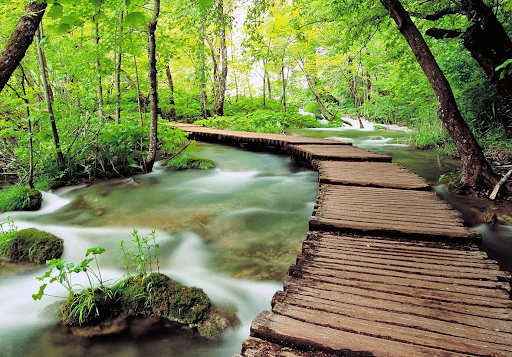
Hotels Available
In-Park Accommodation: The park offers basic guesthouses and forest rest houses managed by the Uttarakhand Forest Department. These are simple but comfortable.
Nearby Accommodation: Several hotels and lodges are available in towns like Uttarkashi and Gangotri, which are relatively close to the park.
Events Planned
Regular Events: The park does not have major scheduled events, but wildlife enthusiasts often participate in seasonal wildlife viewing and trekking activities.
Festivals: Local cultural and religious festivals may take place in nearby towns.
Activities Done
Trekking: Popular treks include the Nanda Devi Base Camp trek and the Lamkhaga Pass trek.
Wildlife Viewing: The park is known for its diverse flora and fauna, with opportunities to spot animals in their natural habitat.
Photography: The park's landscapes and wildlife offer excellent opportunities for nature photography.
What Is It Famous For
Biodiversity: The park is renowned for its high-altitude biodiversity, including several rare and endangered species.
Scenic Beauty: The park’s alpine meadows, snow-capped peaks, and river valleys offer breathtaking views.
What Animal Is It Famous For
Snow Leopard: One of the key species the park is famous for is the elusive snow leopard.
Other Wildlife: Himalayan tahr, bharal (blue sheep), and various bird species also inhabit the park.
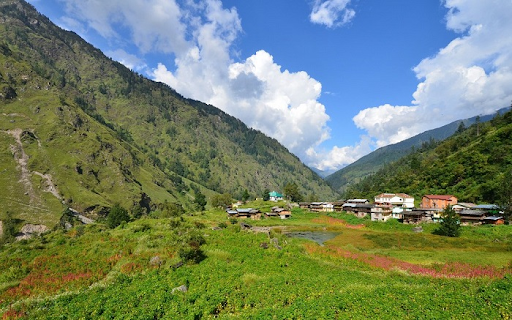
What Plant/Vegetation/Climate Is It Famous For
Vegetation: The park features a range of vegetation types from sub-alpine to alpine, including grasslands, shrubs, and forests of conifers and broad-leafed trees.
Climate: The climate varies from temperate in the lower regions to cold alpine conditions at higher elevations. Winters can be extremely cold with heavy snowfall.
Restaurants Available
In the Park: There are no restaurants within the park.
Nearby: Dining options are available in nearby towns such as Uttarkashi, where visitors can find a variety of local and regional eateries.
Recommended Activities
Trekking and Hiking: Explore the various trekking routes to experience the park’s diverse landscapes.
Wildlife Watching: Participate in wildlife safaris and nature walks to spot rare species.
Camping: Set up camps in designated areas to experience the natural beauty of the park up close.
Photography: Capture the scenic beauty and wildlife of the park.
3.Jim Corbett National Park
Facilities
Restrooms: Restroom facilities are available at various locations within the park, especially at the entry points and popular tourist zones.
Cafes: There are a few cafes and small eateries around the park's main zones, but they may be limited in number.
Clinics: Basic medical facilities are available within the park area, and there are hospitals and clinics in nearby towns like Ramnagar.
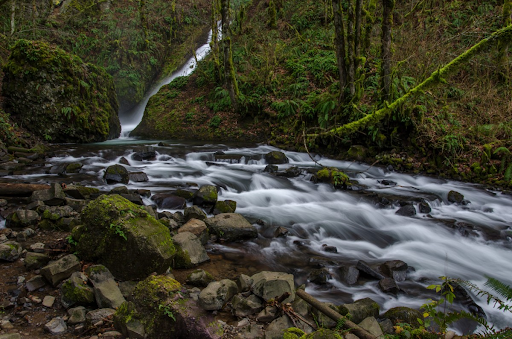
Hotels Available
Luxury Hotels:
- Corbett Riverside Resort
- The Riverview Retreat
- Aahana The Corbett Wilderness
Mid-Range Hotels:
- Corbett Safari Park
- The Golden Tusk
- Corbett Wilderness
Budget Hotels:
- Hotel Rahi
- Hotel V Resorts
- Corbett Tiger Den
Events Planned
Wildlife Safari Seasons: Safaris are organized throughout the year with special emphasis during the peak tourist seasons.
Wildlife Conservation Workshops: Occasionally held to promote awareness and conservation efforts.
Local Festivals: Sometimes coincide with the park’s activities, such as Holi and Diwali.
Activities Done
Wildlife Safaris: Jeep safaris and canter safaris through different zones of the park.
Bird Watching: A paradise for bird watchers with numerous species found in the park.
Trekking and Nature Walks: Some zones offer guided treks and nature walks.
Fishing: Limited to certain areas and requires permission.
What Is It Famous For
Jim Corbett National Park: Renowned for its rich biodiversity and as one of the best places to spot the Bengal tiger in India.
What Animal Is It Famous For
Bengal Tiger: The park is particularly famous for its population of Bengal tigers.
Other Wildlife: Includes leopards, elephants, and various species of deer and birds.
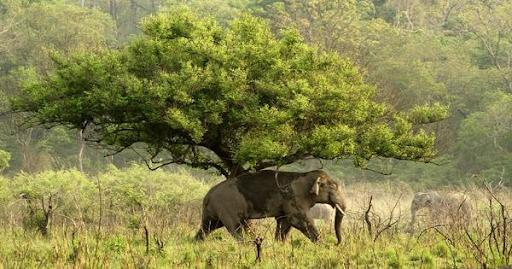
What Plant/Vegetation/Climate Is It Famous For
Vegetation: The park features diverse vegetation including sal forests, grasslands, and riverine belts.
Climate: Subtropical with hot summers, mild winters, and a monsoon season. It experiences a pleasant climate from November to June.
Restaurants Available
In-House Dining: Many hotels and resorts offer dining facilities with local and international cuisines.
Nearby Options: Small eateries and local restaurants in the towns near the park, like Ramnagar.
Recommended Activities
Jungle Safari: Explore different zones of the park to spot tigers, elephants, and other wildlife.
Bird Watching: Ideal for observing a wide variety of bird species.
Visit Corbett Museum: Located in Kaladungi, offering insights into the history of Jim Corbett and wildlife conservation.
Nature Walks: Guided walks in the park’s buffer zones for a closer look at flora and fauna.
Fishing: For those interested in angling, subject to park regulations and permissions.
